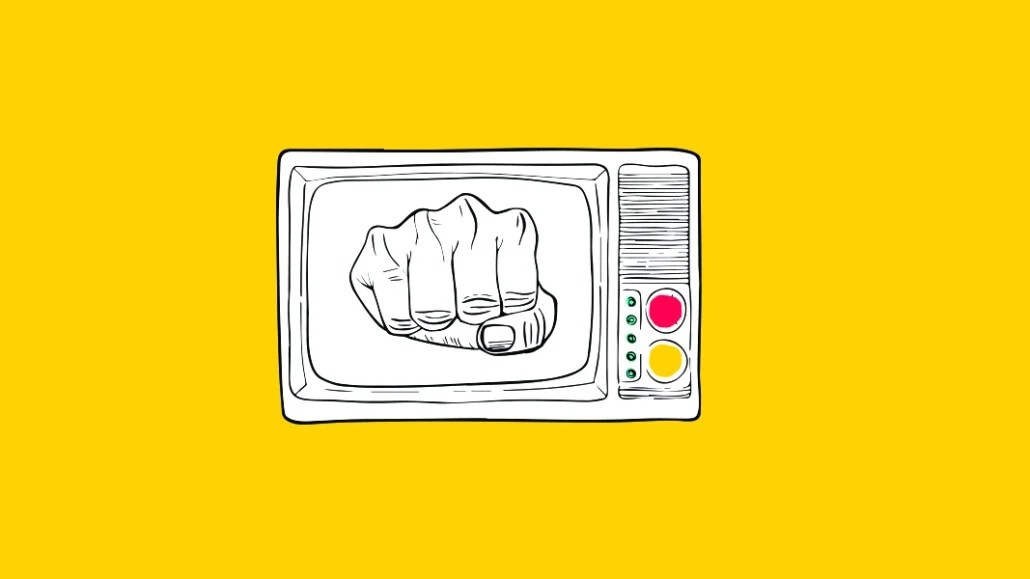
Sponsored by LG Ads Solutions
Free ad-supported TV is increasingly capturing the attention — and the spend — of content owners using it to monetize everything from new originals to back-catalog options that might not have had a home otherwise. And since many FAST viewers aren’t reachable through traditional TV ads, marketers are finding untapped audiences for incremental reach. According to research arm VIP+, one result is an estimated U.S. ad revenue from FAST channels worth more than $6 billion by 2025.
The explosion of subscription options and the rising costs of subscribing to many services to satisfy binge-watching often leave many smart-TV owners paying for more than they expected. Owners of smart TVs are quickly finding channels to watch free ad-supported content, and their choices suggest that they like the FAST ad experience. These channels span all entertainment genres, including free movies, news, comedy and more.
Recent research by Leflein Associates for LG Ads Solutions found that more than half of smart-TV owners use FAST channels to discover and enjoy premium TV content. And nearly half, 44%, of FAST viewers demonstrate high TV-ad receptivity, surpassing viewers of linear, subscription services and other TV entertainment sources. This means they are likelier to watch ads to completion and engage with interactive forms of advertising.
FAST channel viewers are also more open to personally targeted ads than other viewers. In fact, 69% of respondents said TV ads on FAST channels were more relevant and targeted to their interests. Three-fifths said they’ll watch advertisements that make them laugh, while 57% prefer short ads. Using third-party data and automatic content recognition technology available on smart TVs, brands can find out where, within the TV landscape, relevant audiences can be found and target them accordingly.
Attitudes towards advertising are also directly affected by whether a viewer is watching content on a FAST channel compared to cable or satellite TV. Seventy-six percent of surveyed audiences agreed that ad breaks seemed shorter on FAST channels versus cable or satellite. With a FAST approach, brands are reaching highly engaged viewers who are more likely to pay attention to commercials. Additionally, 65% of connected TV users are less likely to subscribe to cable or satellite because of their access to FAST channels — meaning that advertisers that ignore this format risk missing out on significant audiences.
“Consumers are becoming inundated with subscription services as they binge watch and eventually churn out,” said Raghu Kodige, CEO of LG Ads Solutions. “FAST channels offer a friendly alternative to paying for another subscription, and the data shows that consumers are receptive to and engage with the ads as they watch.”
Although FAST channel viewers may not be spending as much on cable or satellite, they are purchase intenders across many major product categories. Compared to regular users of cable or satellite TV, users of FAST channels are more likely to be in the market for vacations and travel, home improvements, major appliances and home furnishings. Forty-one percent said they are likely to purchase home improvement equipment in the next 12 months, while 43% said they were looking to buy or lease an automobile within the next year.
FAST viewers rank highly as primary decision-makers when it comes to household purchases. Compared to regular cable or satellite TV users, they are more likely to be the primary decision maker for grocery shopping, entertainment spending, insurance and other financial tasks. Seventy percent of FAST viewers drive purchase decisions around grocery shopping, while 65% are primary decision makers for choosing healthcare plans and managing budgeting and saving.
While it’s well known that streamers and cord-cutters tend to be younger and more highly educated, this is even more pronounced among FAST viewers. Compared to viewers on other platforms, they are more likely to identify as male, college educated, have higher incomes and people under 18 in their household.
FAST channels offer a unique opportunity for content owners, advertisers and consumers, and current growth trends indicate these offerings have staying power.
“It’s clear that FAST channels are now vital to how brands execute their TV advertising strategy,” Kodige added.
More from Digiday

What publishers are wishing for this holiday season: End AI scraping and determine AI-powered audience value
Publishers want a fair, structured, regulated AI environment and they also want to define what the next decade of audience metrics looks like.

Starbucks hires first-of-its-kind marketing role heading up fashion and beauty collabs
Neiv Toledano has joined Starbucks as its senior marketing manager of fashion and beauty.

Media giant Essence launches a marketplace for Black women-led brands
Essence has launched WeLoveUs.shop, a new online marketplace dedicated to Black women-led brands.





